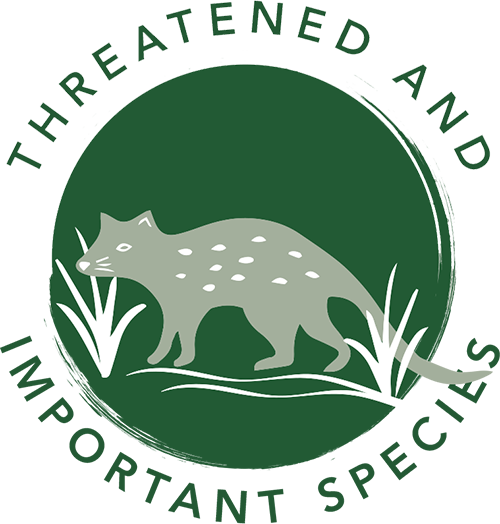
State-wide Outcome
By 2050, actions have been implemented that reduce impacts to Tasmania’s threatened and important species.
Regional context
There are 157 species of native flora and fauna in the region listed as rare, vulnerable or endangered under State or Commonwealth legislation. Of these, 49 are endemic to the Cradle Coast region, including the critically endangered King Island Thornbill and King Island Scrubtit. A further 58 of these species are endemic to Tasmania, including the Giant Freshwater Crayfish, and 19 species of orchid. There are another 21 listed marine species, such as Subantarctic Fur Seal (vulnerable) and Black-browed Albatross (endangered), which are regular or occasional visitors to the Cradle Coast region’s marine areas.
Landscapes of the northern coastline are most impacted by human activity, with the greatest impacts within two kilometres of the coast. Land use intensification, industrialisation and population growth are key impacts while climate change and sea level rise increase risks in vulnerable areas.
Community engagement, along with interactive citizen science programs, have been shown to improve conservation outcomes for threatened species impacted by land use change and predation by domestic animals. NRM organisations are well-placed to foster greater community awareness of the impacts on, and importance of, threatened species in local and regional environments. In many cases encouraging behaviour change amongst the wider community can significantly reduce risks and threats to species such as shore-nesting birds, riverine and estuarine species, orchids and birdlife.
